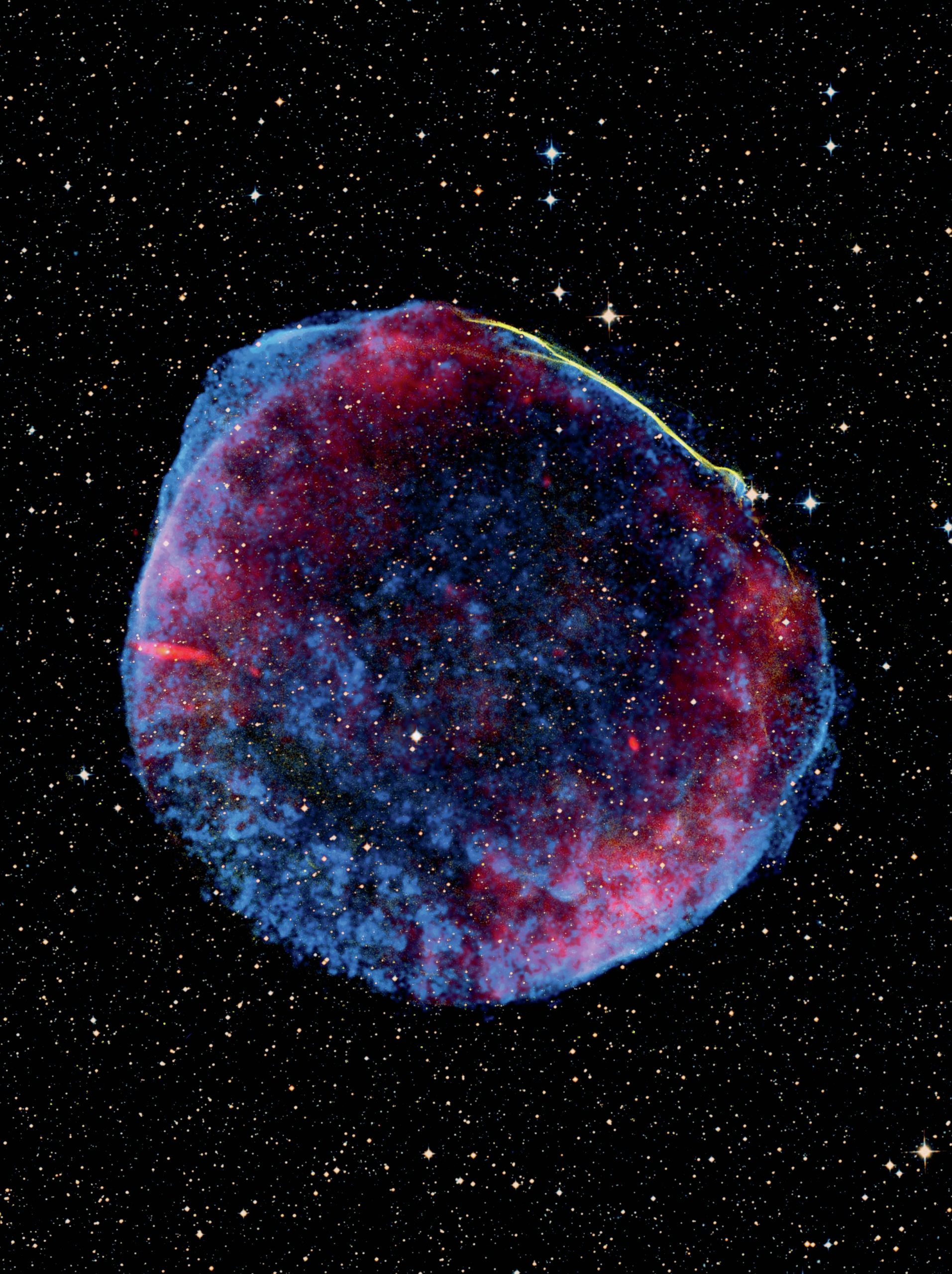
An understanding of states of matter, energy and pressure helps physicists to model supernova explosions in the laboratory. Scaling between model and reality involves comparing quantities and using suitable units.
Astronomers study the electromagnetic radiation emitted and absorbed by distant objects, and our understanding of the universe relies on combining such observations with a knowledge of physics. Experiment is central to this, but conditions ‘out there’ are very different from those that prevail on Earth, so laboratory astrophysics is ‘extreme physics’ that tests our knowledge to its limits. One example is the study of supernovae and their remnants.
Your organisation does not have access to this article.
Sign up today to give your students the edge they need to achieve their best grades with subject expertise
Subscribe




